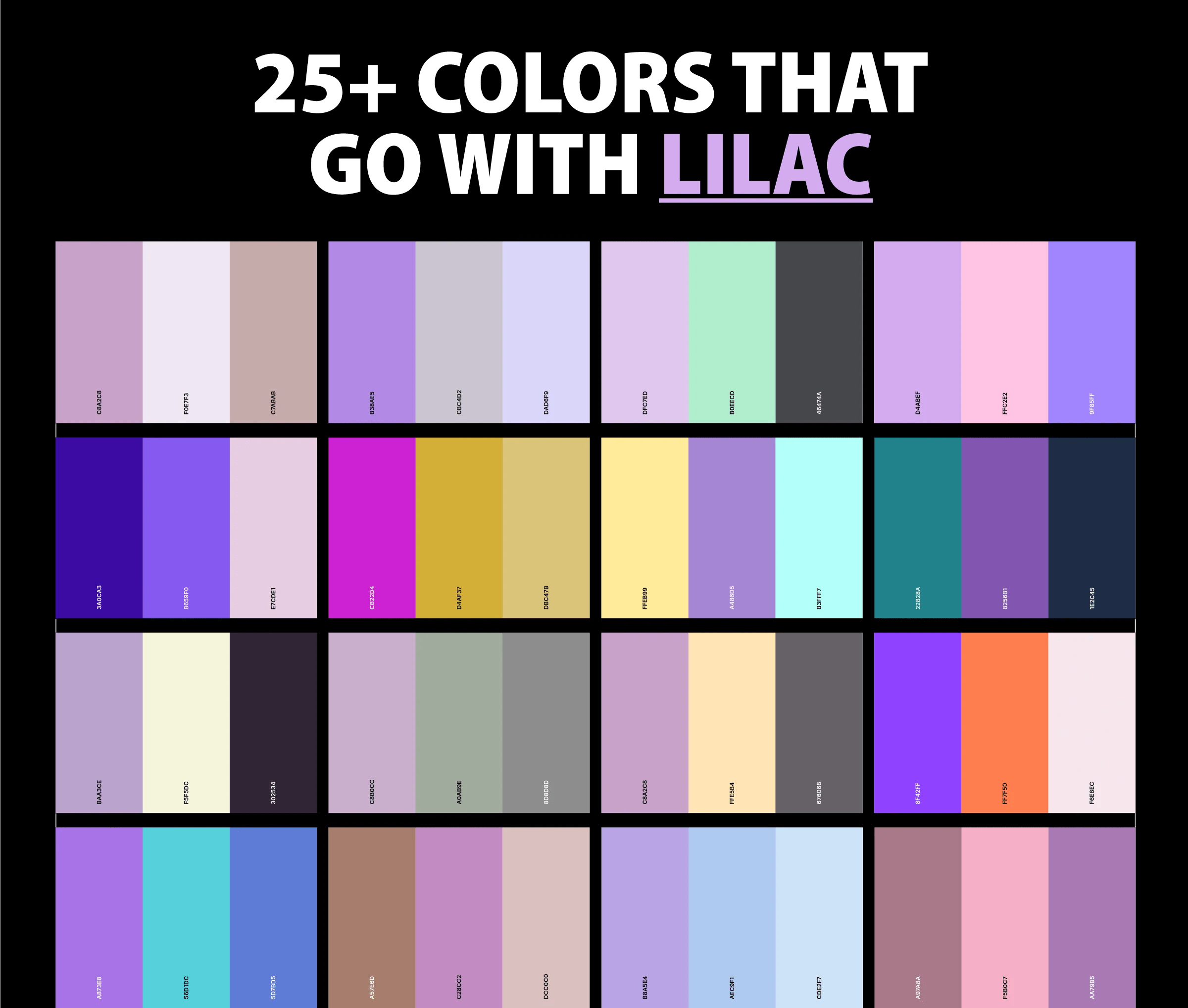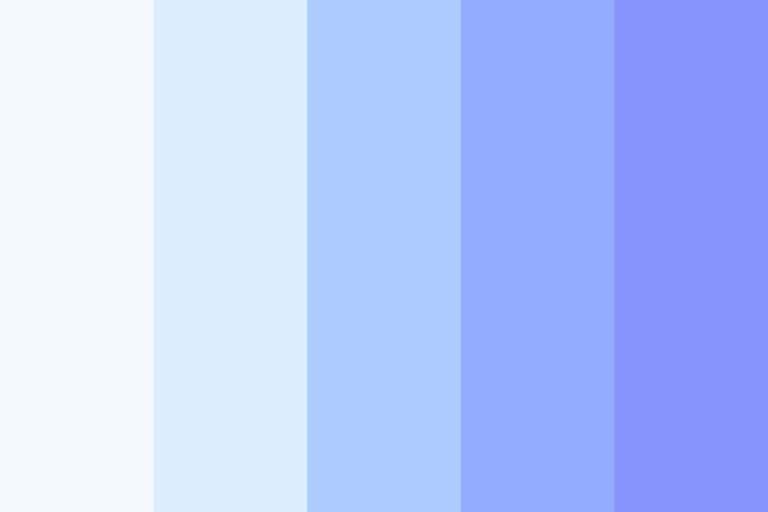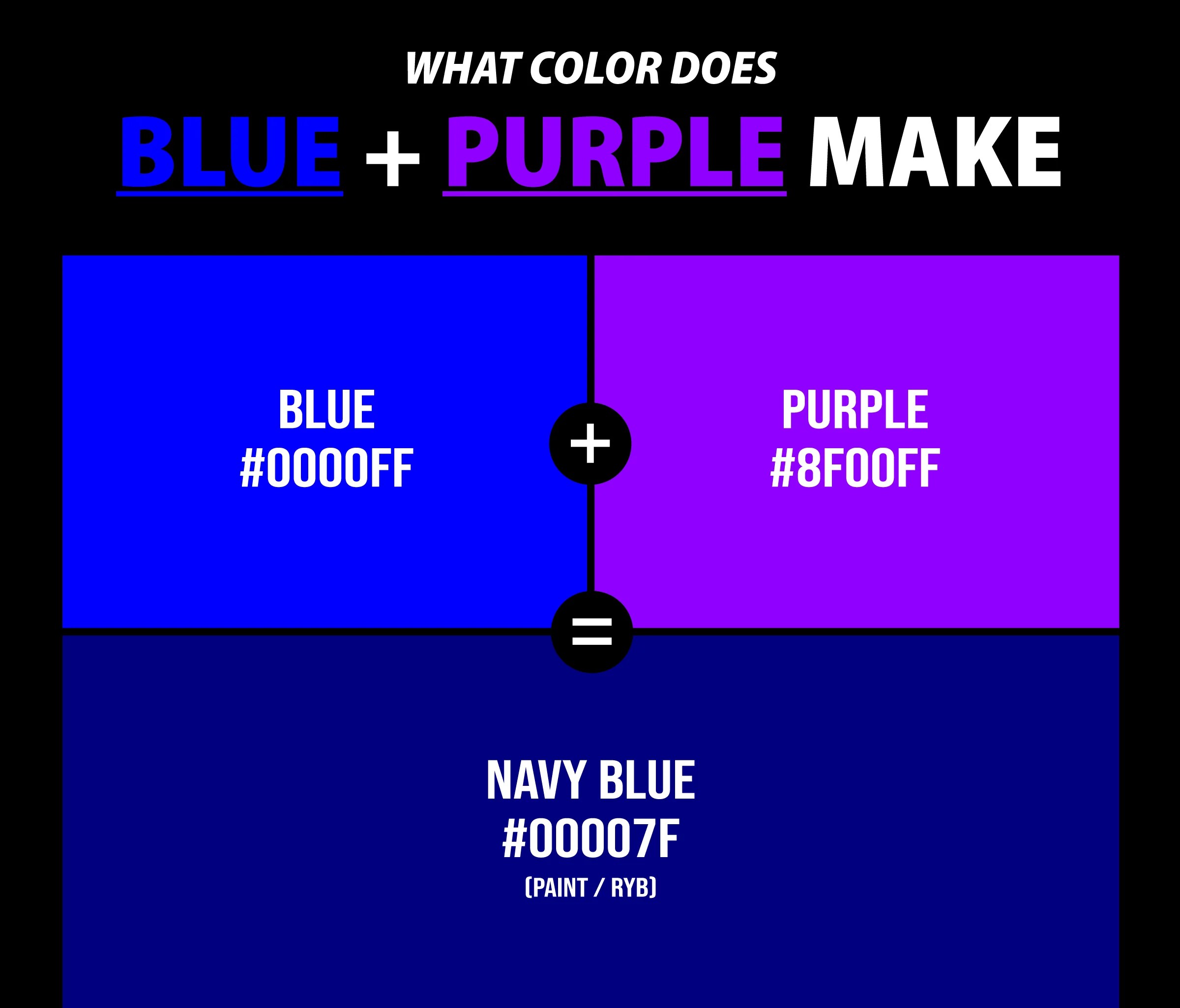Does purple match with orange? The answer is a resounding yes! These two colors, which sit opposite each other on the color wheel, create a striking and visually appealing contrast.
Purple and orange are both considered to be secondary colors, meaning they are created by mixing two primary colors. Purple is a mixture of red and blue, while orange is a mixture of red and yellow. This shared red component helps to create a sense of harmony between the two colors, even though they are quite different in terms of hue and saturation.
When used together, purple and orange can create a variety of different effects. A deep purple and a bright orange can create a dramatic and eye-catching contrast, while a lighter purple and a softer orange can create a more subtle and sophisticated look. Purple and orange can also be used to create a sense of movement and energy, or to add a touch of playfulness to a design.
does purple match with orange
Introduction
Many people believe that purple and orange are complementary colors, meaning they look good together because they are opposite each other on the color wheel. While this is true to some extent, it is important to note that the specific shades of purple and orange you choose will affect how well they match.Key Aspects
- Contrast: Purple and orange are opposite each other on the color wheel, which means they create a strong contrast when placed next to each other. This contrast can be used to create a variety of effects, such as drawing attention to a particular element of a design or creating a sense of movement.
- Harmony: Despite their contrasting colors, purple and orange can also create a sense of harmony. This is because they both contain the color red. The shared red component helps to create a sense of unity between the two colors, even though they are quite different in terms of hue and saturation.
- Versatility: Purple and orange can be used in a variety of different ways to create a variety of different effects. They can be used to create a dramatic and eye-catching contrast, or a more subtle and sophisticated look. Purple and orange can also be used to create a sense of movement and energy, or to add a touch of playfulness to a design.
Discussion
Purple and orange are a versatile color combination that can be used to create a variety of different effects. When choosing shades of purple and orange to use together, it is important to consider the overall tone and mood you want to create. For a more dramatic effect, choose deep, saturated shades of purple and orange. For a more subtle look, choose lighter, less saturated shades. You can also experiment with different values of purple and orange to create different effects. For example, a light purple and a dark orange can create a sense of contrast, while a dark purple and a light orange can create a sense of harmony.{point}
Introduction
Purple and orange are often seen as complementary colors, but they can also be used to create a variety of other effects.Facets
- Monochromatic: Purple and orange can be used to create a monochromatic look by using different shades and tints of the same color. This can create a sense of unity and sophistication.
- Analogous: Purple and orange are analogous colors, meaning they are adjacent to each other on the color wheel. This creates a sense of harmony and flow.
- Complementary: Purple and orange are complementary colors, meaning they are opposite each other on the color wheel. This creates a sense of contrast and excitement.
- Triadic: Purple, orange, and yellow are triadic colors, meaning they are evenly spaced around the color wheel. This creates a sense of balance and energy.
Summary
Purple and orange are a versatile color combination that can be used to create a variety of different effects. By understanding the different ways to use these colors together, you can create stunning and eye-catching designs.does purple match with orange
When considering whether purple matches with orange, there are several key aspects to explore:
- Contrast: Purple and orange are complementary colors, meaning they sit opposite each other on the color wheel. This creates a strong contrast when placed next to each other, making them visually appealing.
- Harmony: Despite their contrasting colors, purple and orange can also create a sense of harmony. This is because they both contain the color red. The shared red component helps to create a sense of unity between the two colors.
- Versatility: Purple and orange can be used in a variety of different ways to create a variety of different effects. They can be used to create a dramatic and eye-catching contrast, or a more subtle and sophisticated look. Purple and orange can also be used to create a sense of movement and energy, or to add a touch of playfulness to a design.
- Symbolism: Purple is often associated with royalty, luxury, and wisdom, while orange is associated with energy, warmth, and creativity. When used together, purple and orange can create a sense of balance and harmony, as they represent both the spiritual and the physical worlds.
- Culture: In some cultures, purple and orange are considered to be complementary colors that bring good luck and fortune. In other cultures, purple is associated with mourning, while orange is associated with joy and celebration.
- Personal preference: Ultimately, whether or not purple matches with orange is a matter of personal preference. Some people may find the combination to be visually appealing, while others may not. It is important to experiment with different shades and combinations of purple and orange to find what works best for you.
Contrast
The contrast between purple and orange is one of the most striking and visually appealing color combinations. This is because the two colors are complementary, meaning they sit opposite each other on the color wheel. When placed next to each other, they create a strong contrast that is both eye-catching and harmonious.
This contrast can be used to create a variety of different effects in design. For example, it can be used to create a focal point, to draw attention to a particular element of a design, or to create a sense of movement and energy.
Purple and orange are a versatile color combination that can be used in a variety of different ways to create a variety of different effects. By understanding the contrast between these two colors, you can use them to create stunning and eye-catching designs.
Harmony
The harmony between purple and orange is due to the fact that they share a common color component: red. Red is a warm color that is associated with passion, energy, and excitement. When combined with purple, which is a cool color that is associated with royalty, luxury, and wisdom, it creates a sense of balance and harmony. This is because the warm red color helps to energize the cool purple color, while the cool purple color helps to calm the warm red color.
This harmony between purple and orange can be seen in a variety of real-life examples. For example, the complementary colors purple and orange are often used together in fashion to create a striking and visually appealing look. This color combination can also be seen in nature, such as in the petals of some flowers and the plumage of some birds.
Understanding the harmony between purple and orange can be practically significant in a variety of fields, such as design, fashion, and art. By understanding how these two colors work together, you can create visually appealing and harmonious designs that are sure to impress.
Versatility
The versatility of purple and orange is one of the key factors that make them such a popular color combination. This versatility is due to the fact that these two colors can be used to create a wide range of different effects, from dramatic and eye-catching to subtle and sophisticated. This makes them a great choice for a variety of different design applications, from fashion to interior design to web design.
For example, the contrast between purple and orange can be used to create a focal point or to draw attention to a particular element of a design. This color combination can also be used to create a sense of movement and energy, or to add a touch of playfulness to a design.
The versatility of purple and orange is also evident in the way that they can be used to create different moods and atmospheres. For example, a deep purple and a bright orange can create a dramatic and sophisticated look, while a lighter purple and a softer orange can create a more playful and whimsical look.
Understanding the versatility of purple and orange is essential for using these colors effectively in design. By understanding the different ways that these two colors can be used to create different effects, you can create visually appealing and effective designs that are sure to impress.
Symbolism
The connection between the symbolism of purple and orange and the question of whether purple matches with orange is significant. The symbolism of these colors can be used to create a sense of balance and harmony in design, which can make them a good choice for use in a variety of applications, from fashion to interior design to web design.
For example, the combination of purple and orange can be used to create a sense of luxury and sophistication. This color combination is often used in fashion to create evening gowns and other formal wear. It can also be used in interior design to create a sense of opulence and grandeur.
Conversely, the combination of purple and orange can also be used to create a sense of playfulness and whimsy. This color combination is often used in children's clothing and toys. It can also be used in interior design to create a sense of fun and excitement.
Ultimately, whether or not purple matches with orange is a matter of personal preference. However, understanding the symbolism of these colors can help you to make informed decisions about how to use them in your designs.
Culture
The cultural significance of purple and orange can influence whether or not people believe they match. In some cultures, purple and orange are seen as complementary colors that bring good luck and fortune. This is because purple is often associated with royalty and luxury, while orange is associated with energy and warmth. Together, these colors are thought to create a harmonious and prosperous environment.
- Cultural Symbolism
In many cultures, purple is associated with royalty, wealth, and power. Orange, on the other hand, is often seen as a symbol of joy, happiness, and creativity. When these two colors are paired together, they can create a sense of opulence and celebration.
- Religious Significance
In some religions, purple is associated with mourning and sadness. Orange, on the other hand, is often seen as a symbol of joy and festivity. This can lead to different perceptions of whether or not purple and orange match, depending on the cultural and religious context.
- Regional Differences
The cultural significance of colors can vary greatly from region to region. In some parts of the world, purple and orange are seen as complementary colors that bring good luck. In other regions, these colors may be seen as incompatible or even clashing.
- Personal Preferences
Ultimately, whether or not purple and orange match is a matter of personal preference. Some people may find the combination to be visually appealing, while others may not. It is important to consider the cultural context when choosing whether or not to pair these colors together.
The cultural significance of purple and orange can have a significant impact on whether or not people believe they match. It is important to be aware of these cultural differences when using these colors in design or fashion.
Personal preference
The connection between personal preference and whether or not purple matches with orange is significant. Ultimately, there is no right or wrong answer to this question, as it is a matter of individual taste. However, there are some factors that can influence whether or not someone finds the combination of purple and orange to be visually appealing.
- Cultural context
Cultural context can play a role in whether or not someone finds the combination of purple and orange to be visually appealing. In some cultures, purple and orange are seen as complementary colors that bring good luck and fortune. In other cultures, purple is associated with mourning, while orange is associated with joy and celebration. These cultural associations can influence whether or not someone finds the combination of purple and orange to be visually appealing.
- Personal experiences
Personal experiences can also influence whether or not someone finds the combination of purple and orange to be visually appealing. For example, someone who has had positive experiences with the color purple may be more likely to find the combination of purple and orange to be visually appealing. Conversely, someone who has had negative experiences with the color purple may be more likely to find the combination of purple and orange to be unappealing.
- Individual preferences
Ultimately, whether or not someone finds the combination of purple and orange to be visually appealing is a matter of individual preference. Some people may simply prefer the color purple over the color orange, or vice versa. Others may find that the combination of purple and orange is too contrasting or too muted. There is no right or wrong answer, and it is important to experiment with different shades and combinations of purple and orange to find what works best for you.
Ultimately, the question of whether or not purple matches with orange is a matter of personal preference. There is no right or wrong answer, and it is important to experiment with different shades and combinations of purple and orange to find what works best for you.
FAQs on "Does Purple Match With Orange?"
Whether or not purple matches with orange is a common question with no definitive answer. However, there are some factors to consider when making this decision.
Question 1: What are the factors to consider when deciding if purple matches with orange?
Answer: Some factors to consider include the specific shades of purple and orange, the overall color scheme, and personal preference. Different shades of purple and orange can create different effects, from bold and contrasting to more subtle and harmonious. The overall color scheme of a design can also affect how well purple and orange work together. Additionally, personal preference plays a significant role in determining whether or not someone finds the combination of purple and orange to be visually appealing.
Question 2: Are there any cultural or symbolic associations that can influence whether purple matches with orange?
Answer: Cultural context can play a role in how people perceive the combination of purple and orange. In some cultures, purple and orange are seen as complementary colors that bring good luck and fortune. In other cultures, purple is associated with mourning, while orange is associated with joy and celebration. These cultural associations can influence whether or not someone finds the combination of purple and orange to be visually appealing.
Ultimately, the question of whether or not purple matches with orange is a matter of personal preference. There is no right or wrong answer, and it is important to experiment with different shades and combinations to find what works best for you.
Conclusion
The question of whether or not purple matches with orange is a matter of personal preference. However, there are several factors to consider when making this decision, including the specific shades of purple and orange, the overall color scheme, and cultural context. Ultimately, the best way to determine if purple matches with orange is to experiment with different shades and combinations to find what works best for you.
When used together, purple and orange can create a variety of different effects, from bold and contrasting to more subtle and harmonious. The key is to find the right balance of these two colors to create a look that is both visually appealing and appropriate for the intended purpose.
Article Recommendations



ncG1vNJzZmiclaK8b7HNnqmgoaOirrPAjaemaKqVobKiv8SsaWicn5rAbrzUq6elnV2irrWvx2auoqyYYryzrc2gnGegpKK5